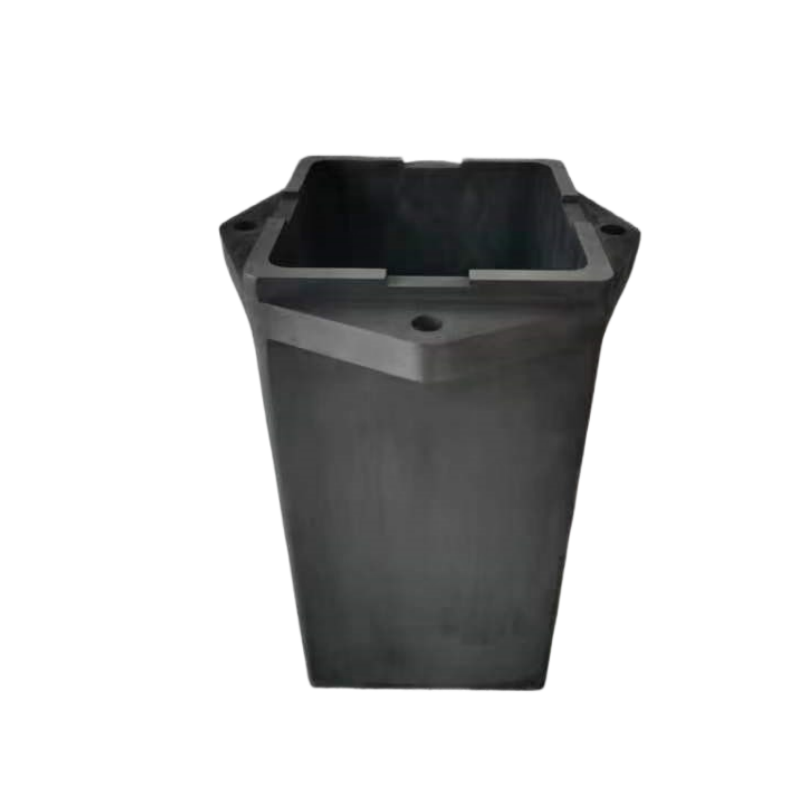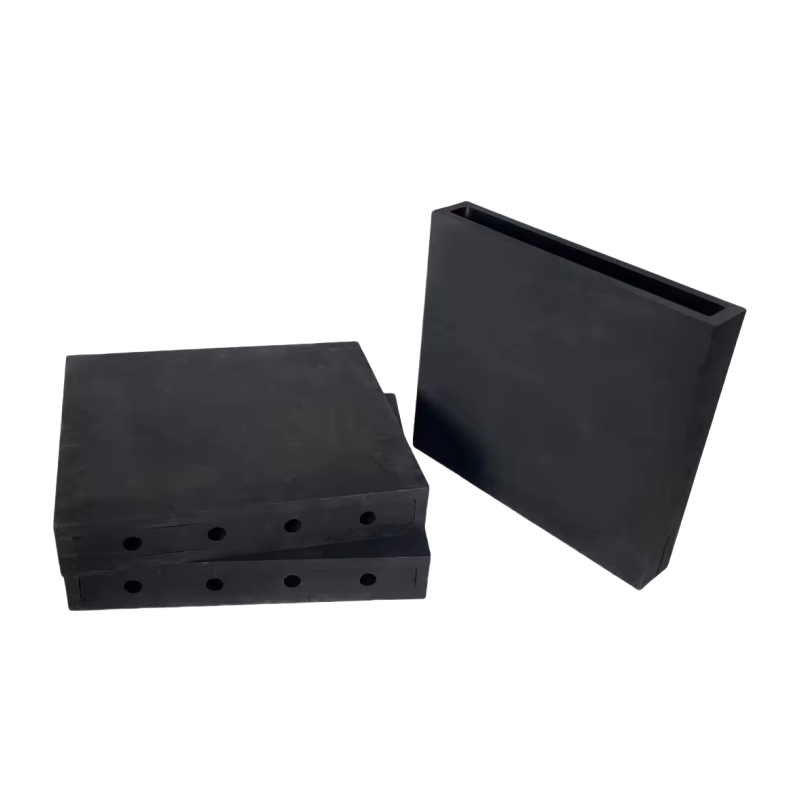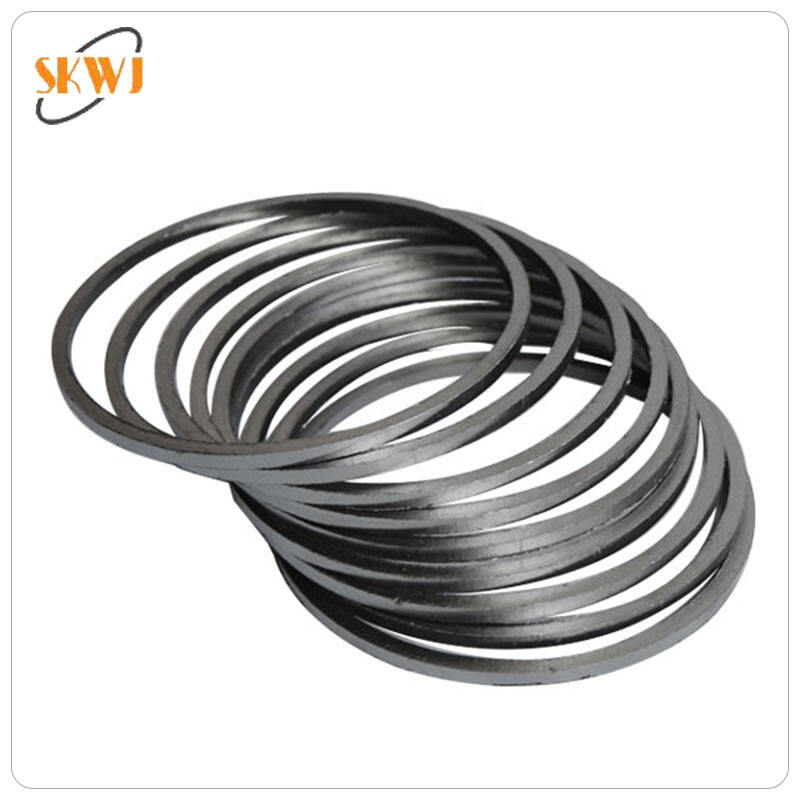graphite paper price
Graphite paper price represents a crucial consideration in various industries where precision transfer and tracing applications are essential. This versatile material, composed of finely ground graphite particles, serves as an indispensable tool in artistic, industrial, and technical applications. The current market pricing reflects the quality grade, size specifications, and manufacturing processes involved. High-grade graphite paper typically commands premium prices due to its superior transfer capabilities and durability. The price structure varies based on factors such as thickness (ranging from 0.01mm to 0.5mm), carbon content percentage (typically 99.9% for premium grades), and surface treatment specifications. Most manufacturers offer graphite paper in standard sizes of A4, A3, and custom dimensions, with bulk pricing options available for industrial users. The pricing also accounts for special features such as smudge resistance, clean transfer properties, and reusability factors. Understanding these pricing components helps buyers make informed decisions based on their specific application requirements, whether for technical drawings, pattern transfer, or industrial marking purposes.





